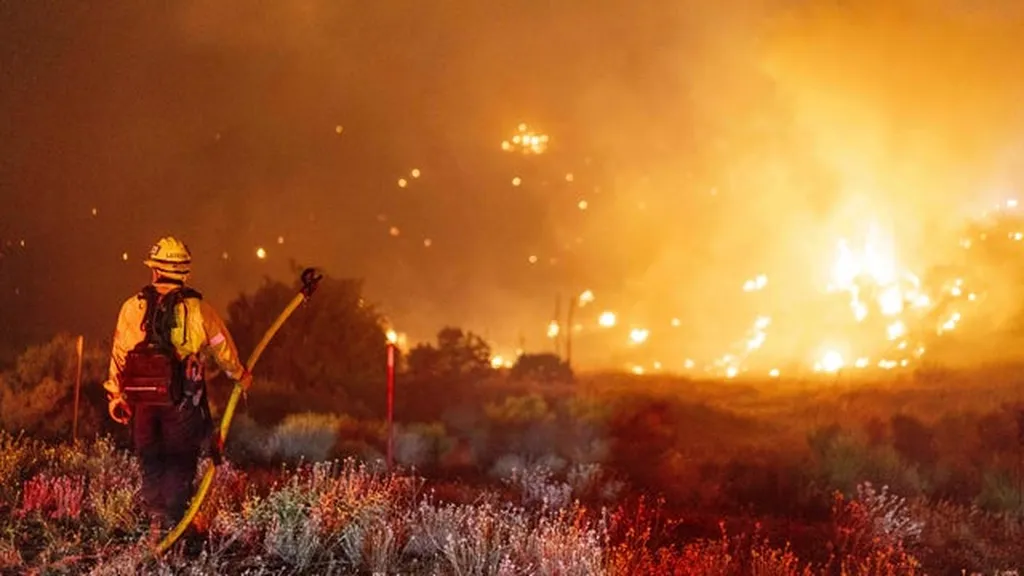The devastating wildfires that swept through Los Angeles earlier this year were made twice as likely and 25 times larger due to global warming, according to the latest State of Wildfires report. This annual report, compiled by an international team of experts, highlights the growing influence of climate change on wildfire patterns and intensity. The findings underscore the complex interplay between climate change, vegetation growth, and wildfire risk, with significant implications for the agriculture sector and investors.
The report reveals that climate change is not only exacerbating fire-prone weather conditions but also altering the rates at which vegetation grows, providing more fuel for fires to spread. In Los Angeles, unusually heavy rainfall initially promoted the growth of shrubs, which later turned into tinder during an exceptional drought. This whiplash effect—swinging from wet to dry conditions—created ideal conditions for the devastating fires.
The consequences of these changing fire dynamics extend beyond immediate fire risk. For the agriculture sector, the increased frequency and intensity of wildfires pose substantial challenges. Agricultural lands are increasingly vulnerable to fire damage, which can destroy crops, livestock, and infrastructure. The loss of productive land can lead to reduced yields and economic losses for farmers. Additionally, the smoke and air pollution from wildfires can negatively impact crop quality and livestock health, further straining the agricultural industry.
Investors in the agriculture sector must also consider the growing risks associated with wildfires. The financial impacts of fire damage, coupled with the potential for regulatory changes aimed at mitigating fire risk, could affect the profitability and sustainability of agricultural investments. Diversification and adaptation strategies, such as investing in fire-resistant crops and implementing better land management practices, may become increasingly important for mitigating these risks.
The report also highlights the global scale of the wildfire problem. Record fires in the Congo and the Amazon, as well as the 35 times larger fires in the Pantanal-Chiquitano region of South America, demonstrate the widespread nature of the issue. Between March 2024 and February 2025, wildfires globally burned an area larger than India and produced 8 billion tons of emissions, equivalent to the yearly output of the U.S. and E.U. combined. This surge in emissions is driven by larger and more intense wildfires, which are contributing to rising carbon dioxide levels and exacerbating climate change.
The World Meteorological Organization notes that last year saw the biggest one-year jump in carbon dioxide levels on record, even as fossil fuel emissions remained relatively flat. This trend is attributed to the increased emissions from wildfires and the reduced ability of drought-affected forests to absorb carbon dioxide. The oceans, too, are becoming less effective at absorbing emissions due to warming, further complicating efforts to control climate change.
The implications for the agriculture sector and investors are clear: the increasing frequency and intensity of wildfires demand proactive measures to adapt and mitigate risks. For farmers, this may involve adopting new practices and technologies to protect crops and livestock. For investors, it may require re-evaluating portfolios to account for the growing risks and opportunities in a changing climate. As Phil Williamson of the University of East Anglia emphasizes, the challenge of bringing climate change under control is becoming increasingly difficult, yet more necessary than ever. The agriculture sector and its investors will play a crucial role in this effort, as they navigate the complexities of a warming world.

